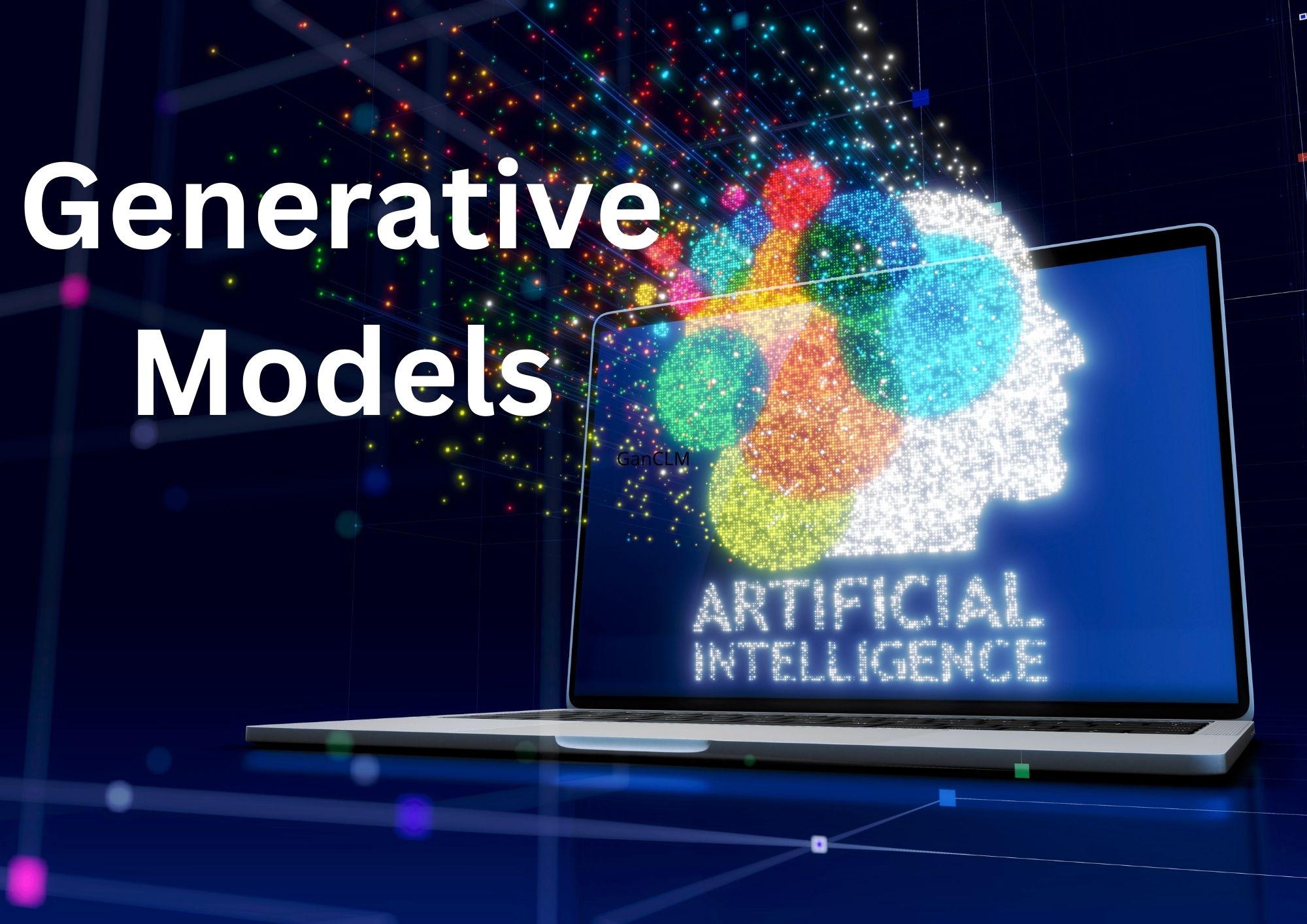Hello, AI enthusiasts! 
These models are powerful tools capable of generating realistic images, text, music, and more! 
In this comprehensive, data-driven guide, we’ll provide detailed explanations of each model and its applications, backed by facts, figures, and examples.
So, buckle up for a journey into the cutting edge of AI research!
Generative Models in AI
Generative models are a class of machine learning algorithms that aim to learn the underlying data distribution of a given dataset.
They can generate new data samples that resemble the original dataset, making them an essential part of AI creativity. Let’s dive into the most popular types: GANs, VAEs, RNNs, and Transformers.
Introduction to GANs (Generative Adversarial Networks)
GANs consist of two neural networks, a generator and a discriminator, that compete against each other in a zero-sum game.
The generator tries to create realistic images, while the discriminator attempts to distinguish between generated images and real ones. Example applications include image synthesis, style transfer, and data augmentation.
Fun fact: A GAN-generated artwork titled “Portrait of Edmond Belamy” sold for a whopping $432,500 at an auction in 2018!
Basics of VAEs (Variational Autoencoders)
VAEs are a type of generative model that uses autoencoders to learn a compressed representation of the input data.
They’re particularly useful for generating high-dimensional data like images and sound. For instance, VAEs have been used to create realistic faces, generate music, and even design molecules for drug discovery.
Code snippet: Implementing a simple VAE in TensorFlow:
import tensorflow as tf
from tensorflow.keras.layers import Input, Dense
from tensorflow.keras.models import Model
input_shape = (784,)
latent_dim = 2
# Encoder
inputs = Input(shape=input_shape)
h = Dense(256, activation='relu')(inputs)
z_mean = Dense(latent_dim)(h)
z_log_var = Dense(latent_dim)(h)
# Decoder
decoder = tf.keras.Sequential([
Dense(256, activation='relu', input_shape=(latent_dim,)),
Dense(784, activation='sigmoid')
])
# VAE model
outputs = decoder(z_mean)
vae = Model(inputs, outputs)
RNNs Explained (Recurrent Neural Networks)
RNNs are a type of neural network designed to handle sequences of data, making them perfect for tasks like language modeling, text generation, and speech recognition.
One popular type of RNN is the LSTM (Long Short-Term Memory), which is capable of learning long-range dependencies in sequences.
Did you know? LSTM networks played a significant role in Google’s Smart Reply feature, which suggests quick responses to emails and messages!
Transformers In-Depth
Transformers are a more recent addition to the generative model family, and they’ve taken the AI community by storm.
They’re especially adept at handling sequences and have outperformed RNNs and LSTMs in many tasks like natural language processing, machine translation, and text summarization.
Transformers rely on self-attention mechanisms to weigh the importance of different words in a sequence, enabling them to capture complex dependencies efficiently.
OpenAI’s GPT-3, a state-of-the-art language model, is built using Transformer architecture.
FAQ’s
What is the difference between generative and discriminative models?
Generative models learn the underlying data distribution and can generate new samples from it, whereas discriminative models learn to separate different classes of data without explicitly modeling the data distribution.
Can GANs be used for text generation?
While GANs have been successful in generating images, they struggle with discrete data like text.
However, some researchers have proposed techniques to adapt GANs for text generation, such as using reinforcement learning or modifying the architecture.
How do Transformers handle long-range dependencies better than RNNs?
Transformers use self-attention mechanisms, which allow them to directly capture dependencies between words in a sequence, regardless of their distance.
RNNs, on the other hand, process sequences sequentially, making it difficult to learn long-range dependencies.
Can VAEs be used for unsupervised learning?
Yes, VAEs can be used for unsupervised learning tasks, as they learn a compact representation of the input data without relying on labeled examples.
Conclusion
And that’s a wrap, folks! We hope you enjoyed our in-depth exploration of generative models, including GANs, VAEs, RNNs, and Transformers.
These powerful tools have transformed the field of AI creativity and continue to push the boundaries of what machines can accomplish.
Keep an eye on this space for more intriguing articles on AI, machine learning, and cutting-edge research!
Thank you for reading our blog, we hope you found the information provided helpful and informative. We invite you to follow and share this blog with your colleagues and friends if you found it useful.
Share your thoughts and ideas in the comments below. To get in touch with us, please send an email to dataspaceconsulting@gmail.com or contactus@dataspacein.com.
You can also visit our website – DataspaceAI





